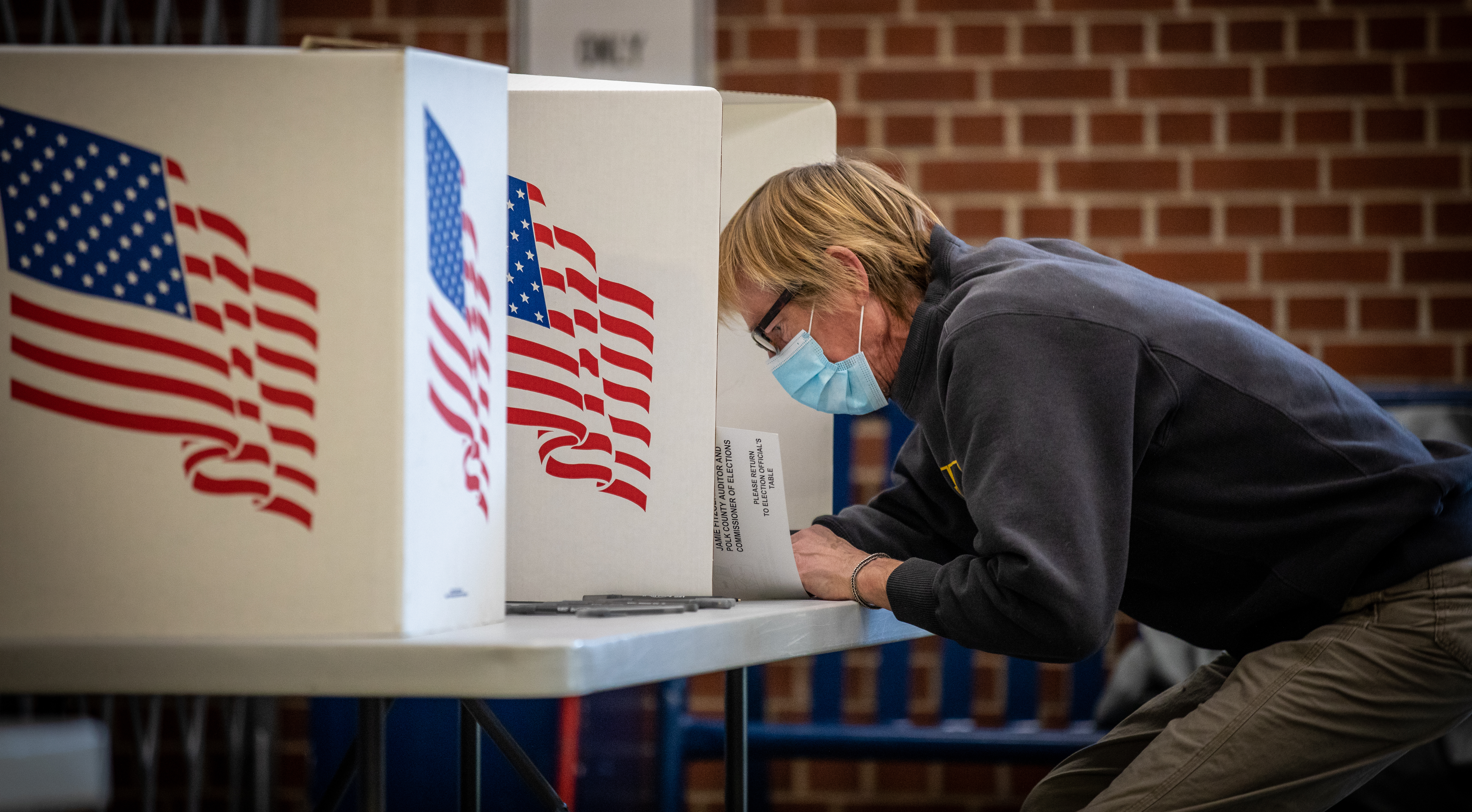The US Supreme Court Monday denied petitions in Pennsylvania and North Carolina election map cases, allowing new district maps to go into effect. The move comes after courts in both states rejected maps drawn by the state legislatures. In doing so, the state supreme courts altered the maps so that they were more closely aligned with the requirements of the individual state constitutions.
Some speculate that the maps will be more favorable towards Democrats than the alternatives. As a result, the challenges to the maps were mounted by Republican groups who felt the new maps would place them at an electoral disadvantage. The key argument for the groups is the “independent state-legislature theory.” The theory argues that the election clause, which states that elections must be “prescribed in each state by the legislature thereof,” gives exclusive power to state legislatures in drawing congressional maps.
If the doctrine were adopted, there would be less oversight in dealing with partisan gerrymandering. In the North Carolina case, Justice Kavanaugh wrote a concurrence allowing the map. Though, he stated that he “believe[s] the Court should grant certiorari in an appropriate case.” Justice Alito, joined by Justice Thomas and Gorsuch, said that he would have granted certiorari and heard the case. His justification was that it was “likely that [plaintiffs] would prevail on the merits.”
These two opinions make it increasingly likely that the court will decide this issue within the next few years. When they do, the effects could heavily impact the distribution of power in Congress. The decision will also test the ideological boundaries of the conservative justices
North Carolina’s Supreme Court delayed its primary elections from March to May 2022 because of this litigation.


